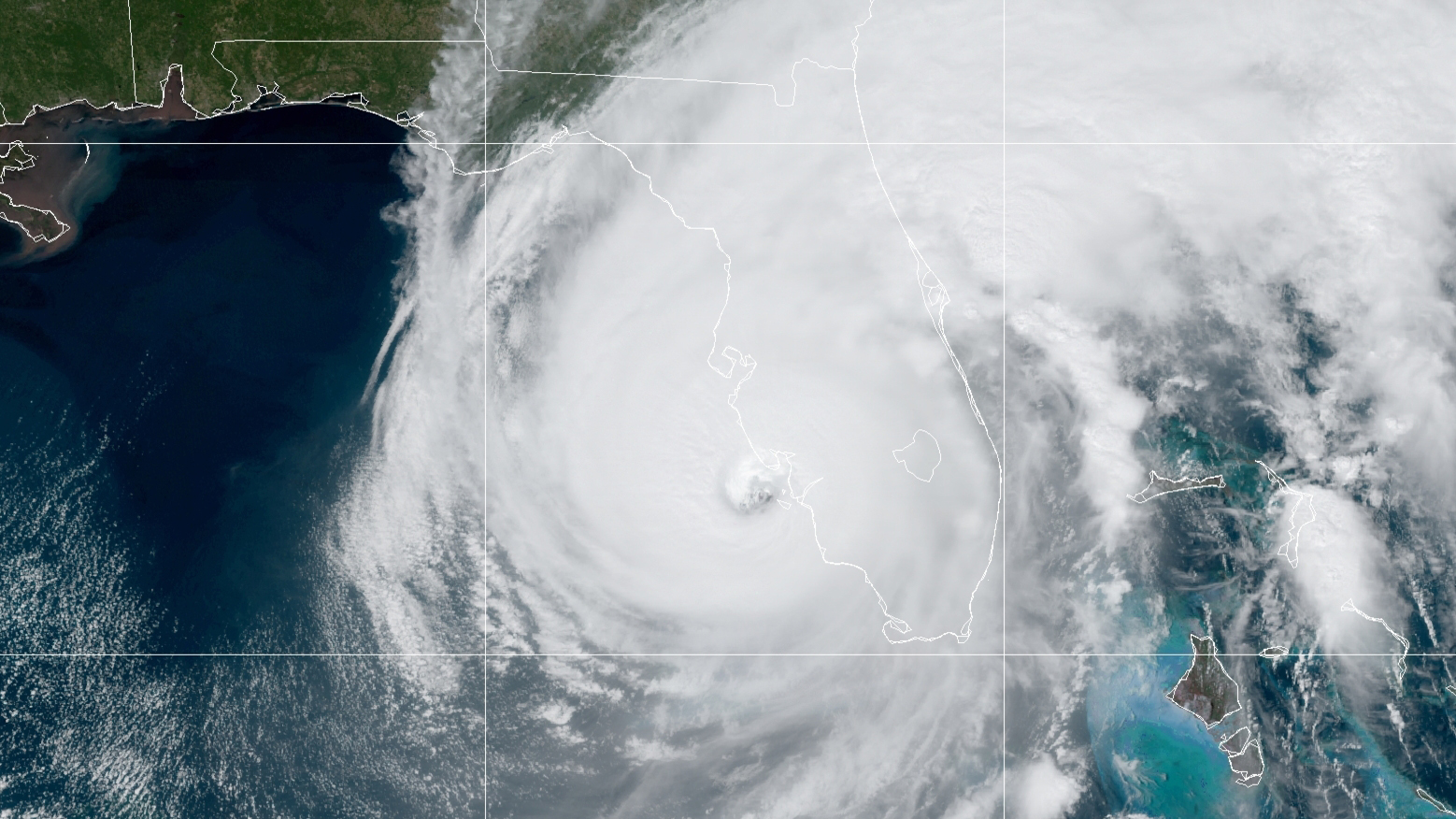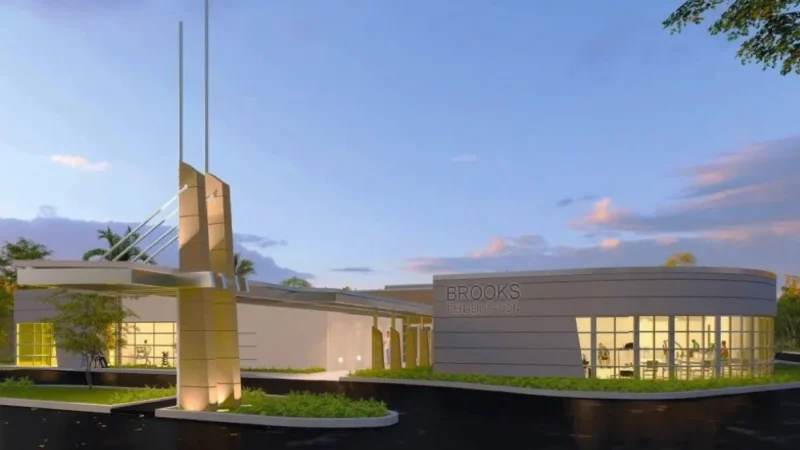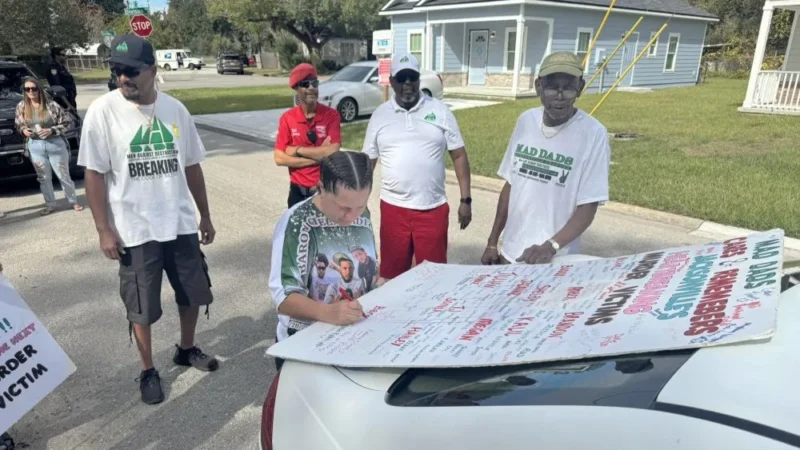Weather forecasts are far from perfect, but they have become more accurate over the years.
But the hard part is getting people to actually act on this information.
Meteorologists are considering how to better communicate the risks of weather to the public — especially after many didn’t heed evacuation warnings during Hurricane Ian.
READ MORE: Coverage of Hurricane Ian from WUSF Public Media
The goal: To make sure people understand the forecasts and heed the warnings.
That’s a problem that meteorologists and social scientists have been working on for years.
“We could have the perfect forecast from a modeling perspective or from a weather forecasting perspective,” said Marshall Shepherd, director of the atmospheric sciences program at the University of Georgia and former president of the American Meteorological Society. “But if people didn’t get the information, they weren’t available to hear it, or they heard it and mis-consumed it. Was it a good forecast?
For starters, Shepherd said the “cone of uncertainty” is hard for people to wrap their heads around.
“What we know is that many people misunderstand that cone,” Shepherd said. “They believe that it means the center of the cone is where the storm is going, and there tends to be a focus on the line or the little dots in the center of the cone. But in fact, what the cone is suggesting is that there’s a 2-out-of-3 chance that anywhere in that cone, the center of the storm will be.”
People rely on past experiences
Shepherd also people often base their decisions on previous experiences, or other storms they’ve lived through. But with more extreme weather due to climate change, that is not a good way to go.
“This idea that I’ve lived through storms like this before, what I call normalcy bias or optimism bias, just doesn’t apply,” Shepherd said. “We have to really convey in risk communication that as we see more anomalously strong hurricanes or extreme events in part due to climate change. Your past experience is not a reference point for something that’s an anomaly.”
Some people have criticized weather forecasters for not translating weather risks into terms viewers and listeners can understand. Shepherd said the burden is on the public to change.
“I think we need to train on the other end of the spectrum,” Shepherd said. “I think we need to train the public and policymakers on how to consume this information better.”
On that point, Susan Joslyn, a professor of psychology at the University of Washington, disagrees.
“For a number of reasons, that isn’t a good solution,” Joslyn said. “People can absorb and use information, as long as it’s tailored to how they’re thinking about it and their decisions.”
Joslyn studies the way people make choices when given weather information. This includes whether to evacuate or to cover plants if there’s a chance of a freeze.
Joslyn said people can handle more complexity than they are given credit for.

Simple and direct messaging
For example, when weather forecasters acknowledge the degree of uncertainty in the forecast, she said her experiments show that’s good, and it actually builds trust. She said it’s also best to keep the message direct simple and specific.
“So if, for instance, someone is concerned about temperatures falling below freezing, there’s something they’re going to do to their plants or something if it falls below freezing,” Joslyn said. “It’s important to say that there’s a 10% chance that temperatures will be below freezing, instead of there’s a 90% chance it’ll be above freezing.”
But being very direct and clear doesn’t always get results. Take the case of Hurricane Ike, which hit Galveston Texas in 2008.
During that storm, more than 140,000 coastal residents in Ike’s path didn’t heed warnings to evacuate.
After hearing that so many Texans defied the National Weather Service’s warning of “certain death” if they stayed, Rebecca Morss, a scientist at the National Center for Atmospheric Research in Boulder, Colorado, wanted to find out why.
“And so we went down to Galveston and that area, and talked to people who had evacuated who had been flooded, who hadn’t evacuated,” Morss said. “And we learned about all the complexities of how people interpret the information. For some people, that message was really compelling, and it made them want to evacuate or it helped them motivate a family member to evacuate.
“For some people, they really wanted to defy the message and stay and show that the information was wrong.”
Informing people to make the right decisions
So how do you convince people who may just think they know better, or may resist being told what to do?
Morss has a doctorate in atmospheric science and has been focusing on the psychology of storm communication for 20 years. She says this is a growing field.
“… We can’t stop the hurricanes. But my hope is that by improving the science, and then improving how that science is communicated, we can help them know what they’re trying to avoid, so that they can make the best decisions for themselves.”
Rebecca Morss, scientist at the National Center for Atmospheric Research
“Of course, there’s a loss of life and the damage,” Morss said. “There’s also the trauma people experience of what is it like to be in your house and think you’re gonna die. And you know, it’s just horrible.
“And we can’t stop the hurricanes. But my hope is that by improving the science, and then improving how that science is communicated, we can help them know what they’re trying to avoid, so that they can make the best decisions for themselves.”
It’s an effort that’s happening around the world. The UK’s national weather service, The Meteorological Office, recently hired its first socio-meteorologist, Helen Roberts.
“When we’re forecasting the weather, we’re not doing it just for the sake of understanding the future state of the atmosphere. It’s all about how it impacts people,” Roberts said. “We often say, we want to tell people what the weather will do, not what the weather will be.”
How to prepare? Start simple
Roberts said research in the UK shows it’s useful to outline easy steps people can take. So, if preparing for a power outage, get out a flashlight — or as she calls it, a torch.
“The insight here is put the easiest first, put the torch at the top,” Roberts said. “Most people can quite easily locate a torch. And the reason for doing that is if you put the most difficult first, people will often not do anything. They’ll go, ‘That’s too difficult, can’t be bothered, don’t know where to go.’ So (they won’t) do any of it.”

Roberts offers another tip as severe heat warnings are a relatively new phenomenon in Europe.
“It’s really useful to frame the action statement in terms of helping somebody else,” Roberts said. “So, for example, suggesting that you check in on an elderly relative or neighbor.”
Then, she suggests other specific actions to take — such as making sure they drink plenty of water, and keep their blinds closed during the day.
“And what they found not only was that it was much more likely that people would take the advice and do those behaviors, but there was a double win,” Roberts said. “Whereby because they’d already done it on behalf of someone else, they were then more likely to do it for themselves as well.”
Roberts said they’re also taking the message to where people are on social media.
Posts on platforms such as TikTok offer no fancy graphics or dancing. In one instance, just a close-up of a young man talking, over a simple map with zones at risk colored in yellow, orange and red.
“In the warning area 70-80 mile per hour wind gusts this will lead to widespread disruption to power supplies and to transport, and these will be damaging winds for trees and for buildings.”
And a clear explanation of what the weather will do and how it will affect people’s lives. It’s the direction of the future in forecasting.
9(MDEwNzczMDA2MDEzNTg3ODA1MTAzZjYxNg004))







